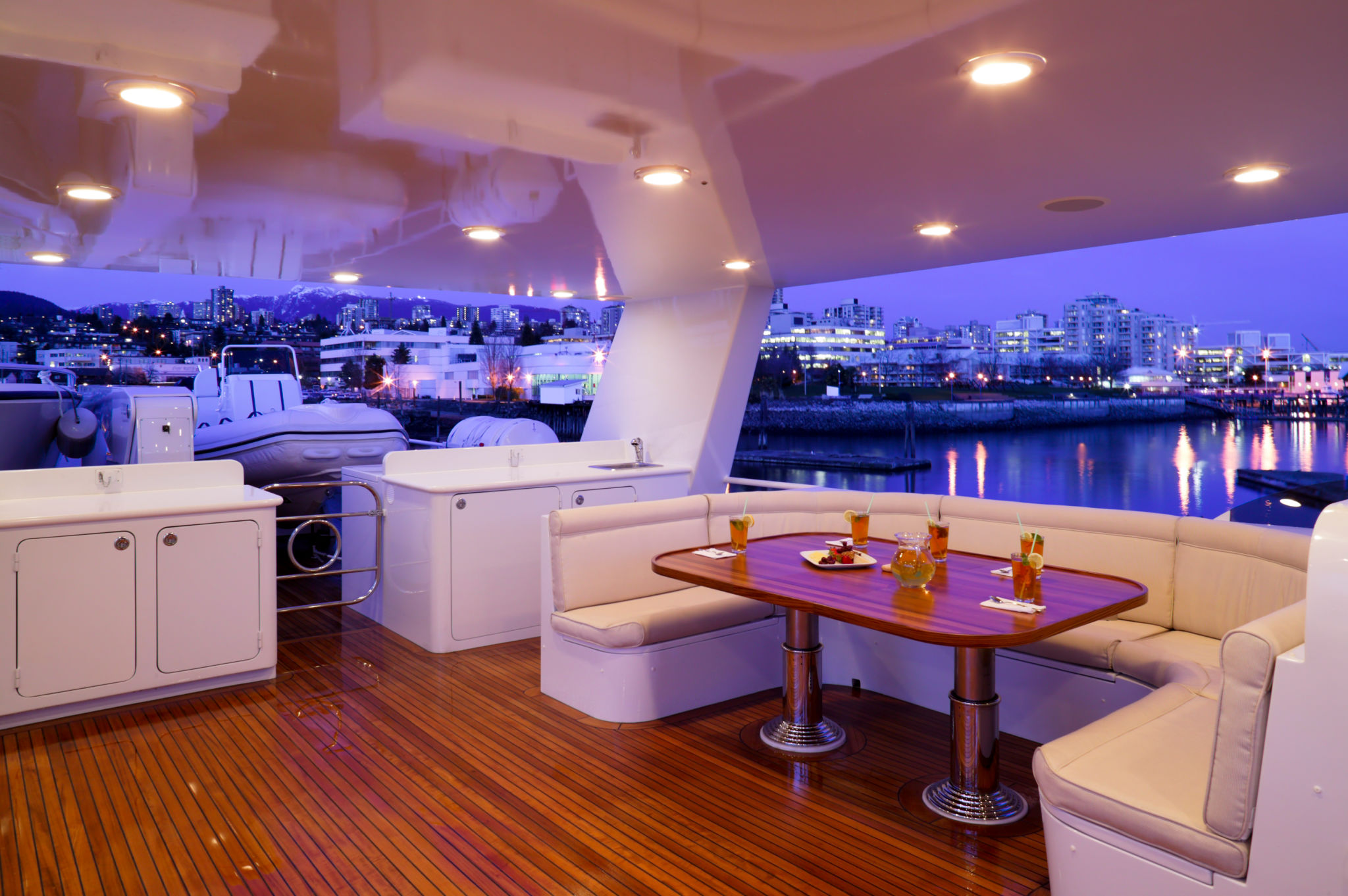Navigating Challenges in AI-Driven Yacht Design: Strategies for Success
Understanding AI-Driven Yacht Design
In recent years, the yacht design industry has witnessed a transformative shift with the integration of artificial intelligence (AI). By leveraging AI, designers can optimize designs, enhance safety, and deliver customized experiences. However, this technological advancement also brings its own set of challenges that need strategic solutions.

Challenges in AI Implementation
One of the primary challenges in AI-driven yacht design is the complexity of integrating AI technologies with existing design processes. Traditional yacht design is deeply rooted in craftsmanship and artistry, making it essential for AI solutions to complement rather than replace these elements. Balancing innovation with tradition requires careful planning and execution.
Another significant challenge is data management. AI systems rely heavily on large datasets to function efficiently. Ensuring the availability of quality data while maintaining privacy and security standards can be a daunting task for designers and engineers.
Strategies for Overcoming Challenges
To navigate these challenges successfully, yacht designers can adopt several strategies. First, fostering collaboration between AI specialists and traditional designers can lead to more innovative and functional designs. This collaboration ensures that AI tools are used effectively to enhance rather than overshadow human creativity.

Secondly, investing in robust data management systems is crucial. By prioritizing data quality and security, design teams can harness the full potential of AI technologies without compromising on privacy or integrity. Implementing advanced analytics can also help in identifying trends and making informed design decisions.
The Role of Customization in AI-Driven Design
Customization plays a pivotal role in AI-driven yacht design. By utilizing AI algorithms, designers can offer bespoke solutions tailored to individual client preferences. This level of personalization not only enhances customer satisfaction but also sets a benchmark for luxury and exclusivity in the industry.
AI-driven customization involves analyzing user data to predict preferences and suggest design modifications. This proactive approach allows clients to be more involved in the design process, leading to yachts that truly reflect their personality and lifestyle.

Future Prospects and Innovations
Looking ahead, the integration of AI in yacht design holds promising potential for further innovations. With the continuous advancement of machine learning and automation technologies, future yachts could be equipped with self-maintenance capabilities and enhanced energy efficiency features.
Moreover, the advent of virtual reality (VR) in conjunction with AI could revolutionize client presentations, allowing potential buyers to virtually explore their designs before construction begins. This immersive experience could redefine client engagement and satisfaction levels in the yacht industry.
Conclusion
In summary, while AI-driven yacht design presents unique challenges, strategic approaches can turn these challenges into opportunities for growth and innovation. By embracing collaboration, investing in data management, focusing on customization, and exploring future technologies, yacht designers can successfully navigate the evolving landscape of AI-enhanced design.
The journey towards AI-driven yacht design is just beginning, and those who adapt early will be poised to lead the industry into a new era of technological sophistication and luxury.